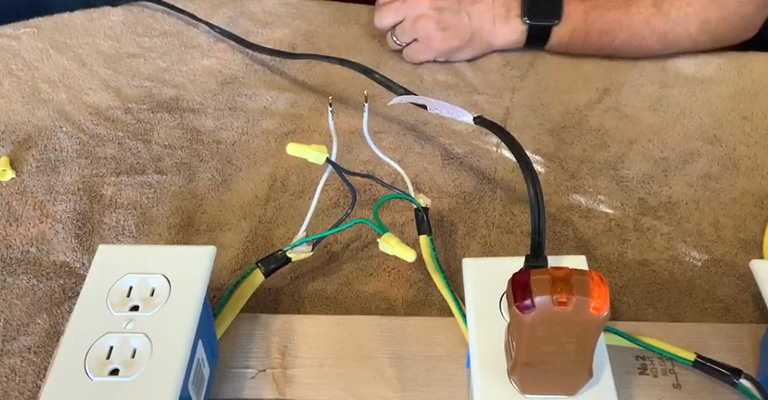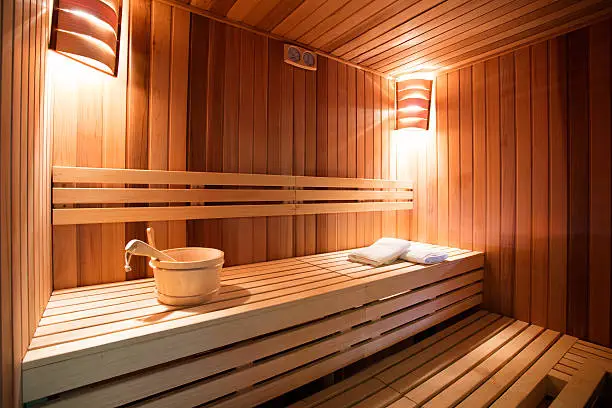How to Resurface Concrete: A Cost-Effective Solution
Concrete surfaces, after years of enduring foot traffic, inclement weather, and daily wear and tear, can start to look aged and worn. Not only can a worn concrete surface be unappealing aesthetically, but it can also become rough and potentially hazardous.
But before you consider tearing it out and starting anew, consider a more cost-effective and efficient solution: resurfacing your concrete. In this comprehensive guide, we’ll dive deep into the process and benefits of concrete resurfacing. To learn more about the different concrete resurfacing options, click here.
What is Concrete Resurfacing?
Concrete resurfacing is the process of applying a new layer of cement-based overlay on top of an existing concrete surface. This procedure revitalizes and rejuvenates the appearance of old, worn-out concrete without the need for complete removal or replacement. It’s a solution that saves time, reduces waste, and often proves more cost-effective than entirely re-laying the concrete.
Why Resurface Concrete?
Cost-Efficient
Compared to replacing the entire slab, resurfacing can save you a significant amount of money.
Time-Saving
Complete replacement means more work hours, whereas resurfacing can often be done much more quickly.
Versatility
Modern concrete resurfacing options allow you to choose from various finishes and colors.
Safety
Smooth, even surfaces reduce tripping hazards.
Step-by-Step Guide to Resurface Concrete
1. Inspect the Concrete
Before you begin the resurfacing process, ensure that the current surface is a viable candidate. If the concrete has deep cracks or is heaving, a complete replacement might be necessary.
2. Clean the Surface
Use a power washer to remove all dirt, grime, and loose particles. For oily spots, consider using a degreaser.
3. Repair Major Cracks
If there are any large cracks or holes, they need to be filled using a concrete patch product. Ensure it’s smooth and level with the rest of the surface.
4. Mix the Resurfacer
Follow the manufacturer’s instructions. A consistent mixture is key for an even finish.
5. Dampen the Concrete
Before applying the resurfacer, wet the existing surface. This ensures the old concrete doesn’t draw moisture out of the resurfacing material too quickly, which could weaken the bond.
6. Apply the Resurfacer
Using a long-handled squeegee, spread the resurfacing mixture evenly. If you want a textured surface, you can go over the surface with a broom.
7. Cure the Surface
Allow the resurfaced area to set for a period (as recommended by the manufacturer, typically around 24 hours) before walking or driving on it.
Tips for a Successful Resurface
Always check weather forecasts.
Optimal conditions are typically dry and over 50°F.
Invest in quality products.
The longevity of your resurfaced concrete is often determined by the quality of materials used.
Consider hiring a professional.
Their expertise might be the difference between a surface that lasts years versus one that needs repairs after a few months.
Advanced Techniques and Innovations in Concrete Resurfacing
As concrete resurfacing continues to gain popularity among homeowners and businesses alike, the industry responds with advanced techniques and innovations that elevate the process further. Delving deeper into these advancements, we shed light on what’s new and upcoming in the world of concrete resurfacing.
Decorative Stenciling
While decorative concrete stamping has been around for some time, stenciling takes customization to the next level. By using disposable paper stencils, patterns are applied to the wet resurfacing material, allowing for intricate designs that are difficult to achieve through traditional methods.
Epoxy and Polyurea Resurfacers
Moving beyond the traditional cement-based materials, epoxy and polyurea provide a more durable and resilient surface. They’re especially suitable for areas that experience heavy foot traffic or are exposed to chemicals.
Self-Leveling Overlays
A boon for surfaces that have become uneven over time, self-leveling overlays provide a flat and smooth finish without extensive labor. The material spreads out naturally, creating a level surface without manual intervention.
UV-Resistant Sealers
In regions with high UV exposure, traditional resurfaced concrete can fade over time. New-age UV-resistant sealers protect the concrete’s color and sheen, ensuring a vibrant look for years.
Eco-Friendly Resurfacing Solutions
With a growing emphasis on sustainability, there are now concrete resurfacing products made from recycled materials. Not only are these solutions environmentally friendly, but they also often provide enhanced strength and durability.
Key Considerations for Advanced Techniques
Expertise
While many homeowners opt for a DIY approach to standard concrete resurfacing, some advanced techniques may require specialized skills. It’s essential to hire professionals experienced in these methods to ensure optimal results.
Cost
Advanced techniques and innovations often come at a premium. While they offer superior quality and finish, they might not fit every budget. It’s important to weigh the benefits against the costs before making a decision.
Maintenance
Although many of these advanced methods boast of longer lifespans, they still require maintenance. Ensure you’re familiar with the care guidelines associated with the chosen technique.
Final Thoughts
Selecting the right concrete resurfacer is paramount. A superior concrete resurfacing product isn’t merely about covering a flawed concrete slab; it’s about ensuring the base material, often dominated by portland cement, bonds seamlessly with the existing surface. It’s essential to understand that not all cracked concrete can simply be masked; surface preparation is vital. Using tools like a concrete edger ensures the new surface is not only aesthetically pleasing but also structurally sound, particularly when addressing minor cracks.
Additionally, while concrete resurfacing can be a game-changer for spaces like pool decks, it’s vital to account for external factors like cool temperatures. These temperatures can influence the curing process, so one must tread cautiously. Features like control joints and expansion joints should never be overlooked. Techniques like weather stripping or even the unconventional use of duct tape can assist in protecting these areas during the resurfacing process. And always remember, once your concrete mixture is prepared, using cold water can significantly prolong its workable lifespan, ensuring a smoother application.






